Would you prefer to see your subject’s face or have a sun flare where her head should be? No? Well, then that’s just one good reason why you should be shooting with a lens hood. However, many beginning photographers wonder what on earth the lens hood actually does? Is it just there to make your camera look more professional?
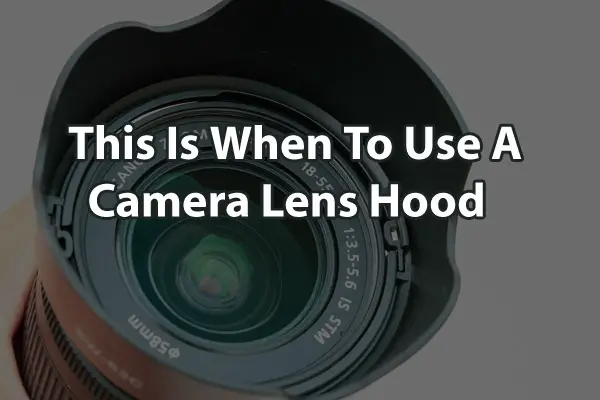
Of course not! Every piece of photography equipment has a purpose.
A camera lens hood keeps unwanted light out of the camera, adds contrast to your images, and can also serve to protect your lens if you hit the front of your camera on something.
However, to get the benefits from a lens hood, you need to understand how it works and when you should be using one. Read on to find out the answers to all your burning questions about lens hoods!
What Is a Lens Hood?
A lens hood is a piece of metal, plastic, or rubber that screws on the front of your lens. It has a hooded shape (surprise, surprise) that shades the front element of your lens.
If you’ve ever bought a brand new lens, it probably came with a lens hood. As an amateur photographer, no one would blame you if you took it off and tossed it in a drawer somewhere wondering why anyone would want this thing in their way.
Well, by the time you get done reading this article, hopefully, you’ll be inspired to go dig it out of that drawer and start experimenting. You might even see an improvement in your photos!
What Is the Hood on a Camera Lens For?
So what is the hood for? Obviously, there must be more of a reason to use it than just to make your already bulky camera even longer and heavier.
Block Unwanted Light
The main reason for using a lens hood is to block unwanted light. Particularly when you shoot outdoors, there are light sources everywhere. The sun might be the main source of light, but there are reflections bouncing off of everything, meaning that light is entering your lens from multiple directions.
What does this mean for your image?
Extraneous light can enter your lens from an odd angle and create unwanted lens flare. Now, some photographers love the lens flare and include it in their images. You’ve probably seen many stunning landscape or portrait images where the sunburst adds a gorgeous element to the photograph.
However, you have to understand light and know how to position yourself to get the lens flare in the right spot. Random lens flare can just end up blocking your subject’s face or distracting from the subject in some way, resulting in a weaker image.
Add Contrast to Your Images
Furthermore, light traveling horizontally across the front of your lens reduces the color and contrast of the resulting image. Test this yourself with the lens in your own eyes. When you position yourself so that the sun is shining into your eyes from the side, what you see in front of you seems flat and less lively.
The same thing happens to the camera lens. Using a lens hood blocks that light coming in from the side and keeps it from striking the front of the lens. Test it out yourself to see the difference. Go outside and take a photo without the lens hood. Then take another one in the exact same spot with the same settings and the lens hood on.
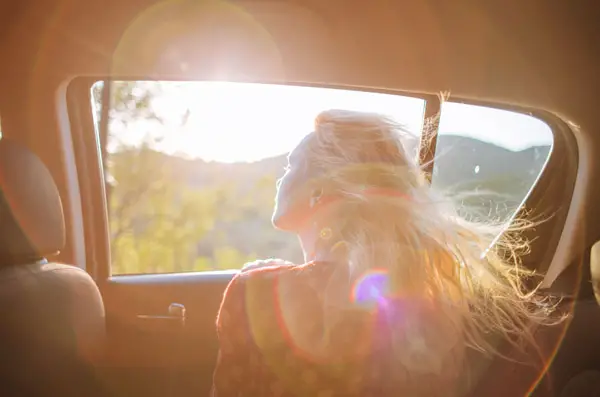
Try to position yourself with a light source coming in from the side so you can see the most drastic result. The lens hood will always help, but the difference is more noticeable depending on the angle of the light in relation to your camera lens.
Protect the Lens
Protecting the front of your lens is not the primary purpose of your lens hood. Please don’t try to sue the lens hood manufacturer when your lens breaks and say we told you to do it. However, by virtue of it physically being there in the way, it does protect the front of your lens from bumps and scrapes as you move your camera around.
It can even protect the glass to some extent if you drop the camera or bang the lens against something hard. Again, there’s no guarantee that your lens will be fine, but it’s more likely with a lens hood in the way.
On the bright side, if you break your lens hood, you can be relieved that you only have to buy a lens hood and not a new lens. Lens hoods range from about $8 – $50 so they are considerably less expensive than even the cheapest lens.
A lens hood can also be useful if you are shooting outdoors when it’s raining. Of course, don’t haul your expensive gear around in a thunderstorm, but a drizzle is usually fine. The lens hood works great to keep water droplets from getting on the front of your lens.
Types of Lens Hoods
There are two basic types of camera hood lenses — the straight cylindrical ones and the cutout ones typically called tulip lens hoods. These days there are even universal lens hoods so that you can replace your broken or lost factory hood with something readily available.
On wide-angle lenses, it’s possible for the lens hood to show up in the corners of the image. Thus the cut-out design of the tulip lens hoods. Lens hoods are typically designed for specific lenses and the cut-outs will be perfectly placed to avoid showing up in the photo.
Cylindrical lens hoods are used on longer primes and telephoto lenses where there is no danger of the lens hood showing up in the image.
Do I Need a Hood for My Camera Lens?
Now that you understand what a lens hood does, do you need one? Basically, it depends on the type of shooting you primarily do. You won’t need a lens hood in all situations and all shooting environments. However, when you do need one, it is invaluable to have. This is why you’ll see many professional photographers always shooting with the lens hood firmly in place.
Let’s break down when it is useful to use a lens hood and when you might want to steer clear.
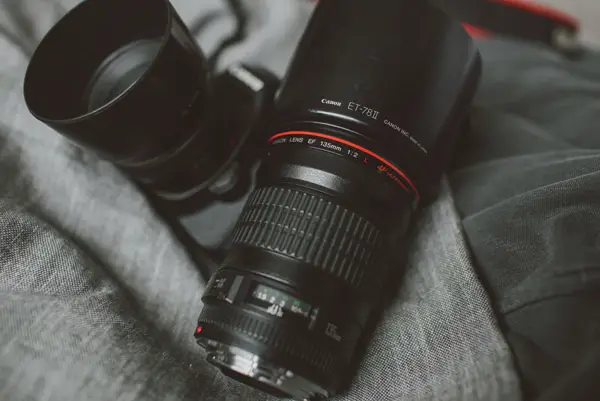
When to Use a Lens Hood
In general, any time you’re shooting outdoors, you can benefit from using a lens hood. Light is coming from all directions and limiting it to what is directly in front of your camera will result in better images.
However, there are some specific situations you should be aware of. Always have your lens hood on in the following situations:
- When shooting a backlit subject
- When shooting into or near strong light sources
- When shooting at night
- When using off-camera flash or a strong continuous light source that is creating lens flare
Also, any time you are spending a lot of time behind the camera, it doesn’t hurt to have the lens hood on. This will help protect your lens from bumps and dings as you work.
When Not to Use a Lens Hood
Of course, there are also specific instances in which you’d rather avoid using a lens hood. This is why it is so important to understand what a lens hood does. That way you can make educated decisions about the equipment you are using. If your answer to why you’re using a lens hood is “because that’s what all professionals use, right?” then you’ve got a little growing to do in your photography journey.
So, here are situations when the lens hood is not helpful.
You’re Going for the Flare Effect
Many photographers successfully and beautifully incorporate lens flare into their photographs. It’s a popular style for portraits and many photographers even go so far as to add fake flares to their images in Photoshop.
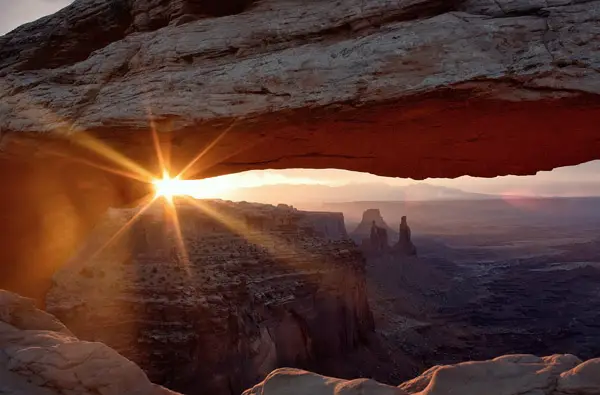
But if you can get the effect in-camera, the natural results are stunning. Of course, it’s pretty hard to get the flare with a lens hood on since the very purpose of a lens hood is to eliminate lens flare.
You Can See the Lens Hood in Your Photos
As we mentioned, lens hoods for lenses that zoom to a very short focal length have a cut-out design to avoid appearing in the image. Even so, in certain situations, your lens hood might crash the party and show up uninvited so you’ll need to remove it.
The Filter Holder Is in the Way
Another common reason you might forego the lens hood is when you’re using filters with a filter holder. Both pieces of equipment simply won’t fit on the lens at the same time.
When Using Pop-Up Camera Flash
The pop-up flash on your camera is generally not high enough to get over the lens hood completely. This means that you might see the shadow of the lens hood in your image. Again, generally not desirable.
When You Want to Be More Discreet
For some types of photography, you might not want to be so obvious about the fact that you’re taking pictures. That’s why many street photographers often prefer a low-profile mirrorless camera with a smaller lens. Adding a big ole lens hood on the end of your lens only makes your camera more obvious.
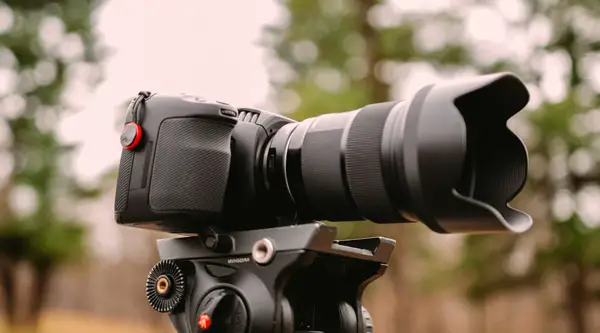
It Might Blow Away
A lens hood can catch a surprising amount of wind. If you are shooting in a windy area with your camera on a tripod, you run the risk of the wind catching the lens hood just right and sending your expensive camera hurtling toward the ground.
Even if you’re holding the camera securely, a lens hood can catch enough wind to introduce camera shake and blur your photos. Pack the lens hood away for these occasions.
Macro Photography
Finally, one last instance when you wouldn’t want to use a lens hood is when shooting macro photos. If your light source is close enough to the camera, the hood can cast a shadow into your image.
Though many photographers swear by the use of a lens hood, not all use them. Check out why wedding photographer Robin Wong chooses not to use lens hoods on his cameras:
Should You Use a Lens Hood at Night?
It might seem odd to use a lens hood when doing night photography. After all, you’re probably trying to collect as much light as possible to light your image. Blocking part of the light with a lens hood may seem a little counterintuitive.
In some situations, it can be even more important to use a lens hood at night. Street lights, car headlights, and other strong lights can be coming in from various directions. If one hits your lens at the right angle, you’ll have a huge lens flare blocking part of your image.
Choosing the Right Lens Hood
Lens hoods screw onto the front of your lens and you have to make sure that you get the right size. Most lens hoods can’t be paired with just any lens.
They are designed so that you can screw them both ways onto the camera. The hood can be facing out (where it should be when using it). Or you can flip it around so that the hood fits around the barrel of the lens. This is useful for more compact storage.
Some people shoot with the lens hood on backward. We don’t really know why. If they’re trying to look like a professional, they’re failing. Do yourself a favor and don’t do that because you’ll just look silly.
The easiest way to find the right lens hood for your lens is to type your lens name into Amazon along with the phrase “lens hood”. You should then see a list of options available for your lens.
Ready to Try the Hood?
Where were you at the beginning of this article? Confused about its purpose, did you toss your hood in the drawer when you got the camera? Do you tote it around on your camera to look more “professional” but didn’t understand its purpose?
Wherever you are in your photography journey, we hope this article has been helpful. If you’ve never shot with (or if you’ve never shot without) start experimenting and get a feel for how a lens hood affects your photos so you can make informed decisions about when to use it.
Curious about another hotly debated topic amongst photographers? Check out our article on why you need lens protectors to decide if you should jump on the bandwagon or not.









1 comment